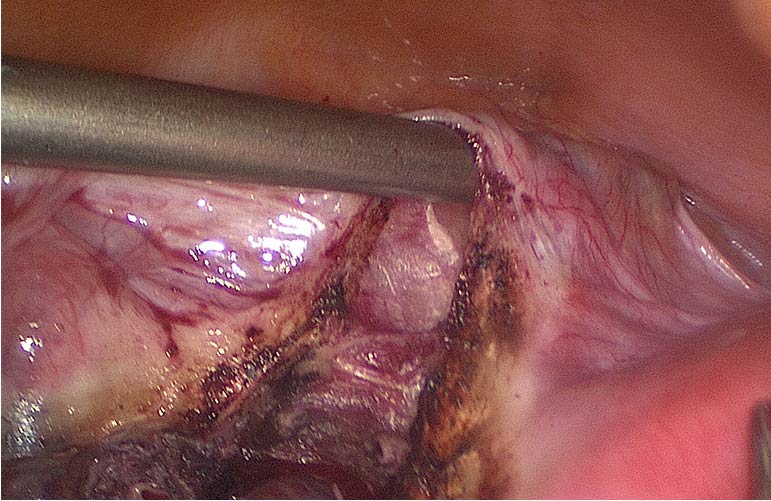
Total Laparoscopic Hysterectomy (TLH)
The uterus is surgically removed during a hysterectomy. Hysterectomies are done for a variety of reasons. A hysterectomy is a substantial surgery, but new technology breakthroughs have reduced agony, infection risk, and recuperation time.
Currently, there are three surgical techniques for hysterectomies. These are some examples:
Traditional open hysterectomy: This procedure requires a six to twelve-inch incision in the abdominal wall.
Vaginal hysterectomy: The uterus is removed through the vaginal canal. This method is superior to the open, typical hysterectomy, but it still does not provide the surgeon with a complete view of the surrounding organs, including the bladder.
Total Laparoscopic Radical Hysterectomy with Robotic Assist: Using a cutting-edge robotic platform provides the surgeon with a clear view of the surrounding organs and more accurate control over incisions.
Robotic-Assisted Hysterectomy also improves your surgeon's visibility of your anatomy, which is especially important when working around delicate and limited structures like the bladder. Therefore, when executing a difficult, radical hysterectomy involving adhesions from past pelvic surgeries or non-localized malignancies, as well as an abdominal hysterectomy, surgeons have an advantage.
When compared to traditional open or minimally invasive techniques, robotic-assisted surgery provides the surgeon with a superior surgical instrument for dissection and removal of lymph nodes during cancer surgeries.
For suspected or proven gynecological malignancies, our surgeons at Johns Hopkins Hospital also conduct a pelvic lymphadenectomy with staging during a hysterectomy. Our clinicians acquire real-time essential information that may alter the operation and treatment by executing this at the same time as the hysterectomy.
Under general anesthesia, a Robotic-Assisted Radical Total Laparoscopic Hysterectomy normally takes 1-3 hours. You will be admitted to the hospital for at least one night so that your doctors can monitor your healing progress. Most patients are able to resume normal daily activities within a week. Your doctor will offer you specific recommendations to ensure a smooth recovery.
